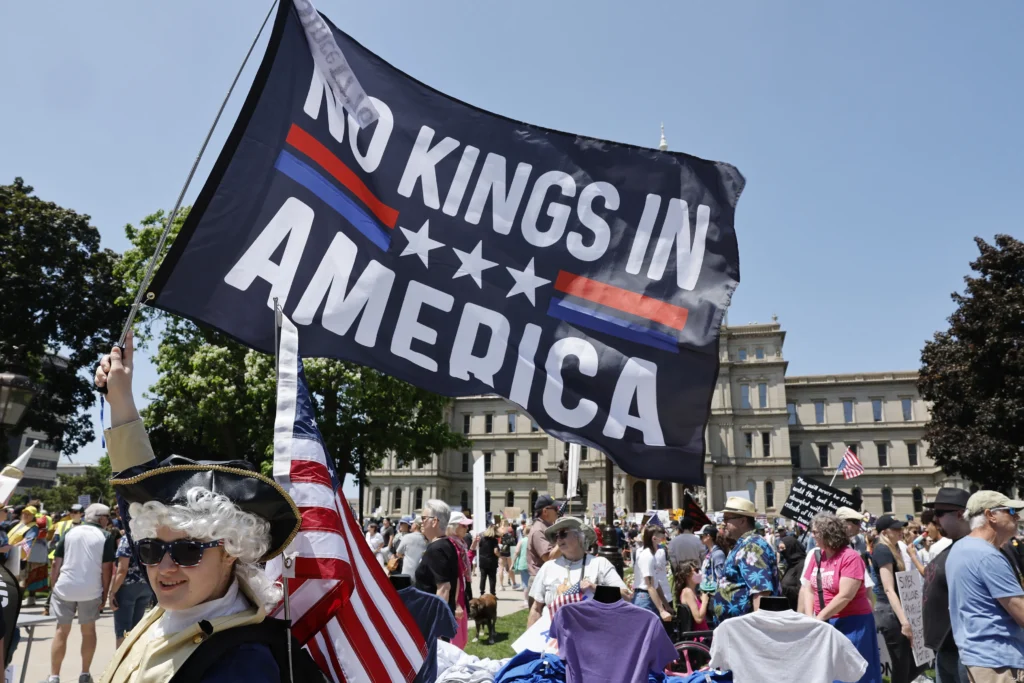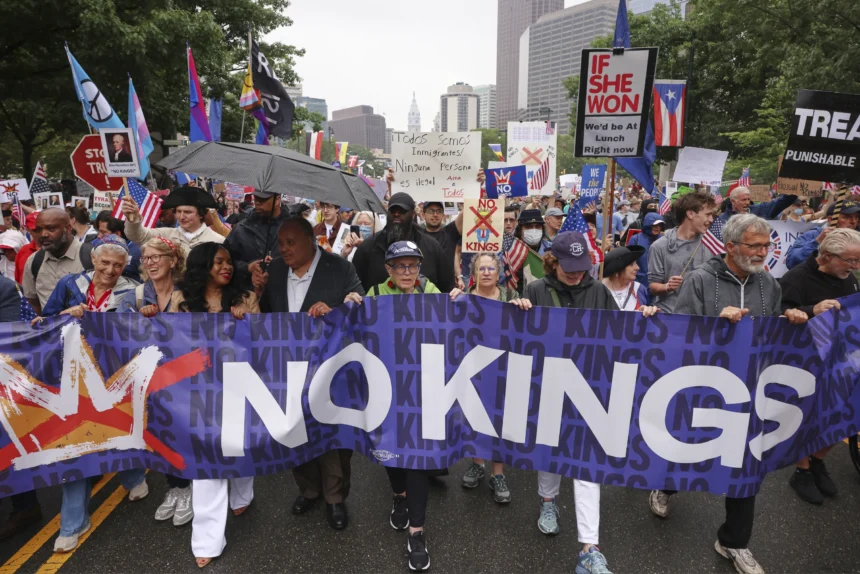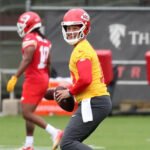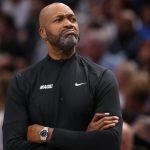On June 14, 2025, over two thousand coordinated protests erupted across all 50 states in a historic and unprecedented show of resistance. Branded the “No Kings Day parades” protest, this grassroots movement challenged what demonstrators described as creeping authoritarianism and a dangerous cult of personality surrounding former President Donald Trump.
What Sparked the Movement?
The immediate catalyst for the protests was President Trump’s lavish 79th birthday celebration, which included a $45 million military parade marking the 250th anniversary of the U.S. Army. For many Americans, the event resembled a display more in line with autocratic regimes than democratic tradition. The visuals—military tanks, armed drones, and fighter jets roaring over the National Mall—sent chills down the spines of millions watching at home.
In response, organizers launched the 50501 Movement (“50 protests. 50 states. 1 movement.”) under the rallying cry: No Kings Day parades. The message was clear: the United States rejected monarchy in 1776, and it rejects authoritarian symbolism now.
Who Are the Protesters?
The No Kings Day parades movement was not led by a single organization but was a coalition of progressive groups, including the ACLU, AFL-CIO, various teachers’ unions, immigrant rights advocates, LGBTQ+ coalitions, environmental groups, and student-led democratic clubs. Demonstrators ranged from high school students to retirees, united under the shared concern that American democracy is in peril.
Local Spotlights Across the Country
New York City
Despite pouring rain, thousands marched down Fifth Avenue. Actor and activist Mark Ruffalo addressed the crowd, likening the protesters to democratic Avengers, defending truth and liberty from authoritarianism. Chants of “No Kings, No Crowns, No Dictators” echoed through Manhattan as demonstrators waved handmade signs.
Los Angeles
Tens of thousands filled downtown LA. However, tensions rose when local police deployed tear gas and stun grenades to disperse a crowd that had gathered near a federal building. Despite the confrontation, protesters regrouped and continued their march peacefully.
Salt Lake City
In a tragic turn, a counter-protester carrying an AR-15 confronted demonstrators, resulting in a bystander’s death. Organizers had made it clear in advance that the protest was to be unarmed and peaceful. The incident served as a grim reminder of America’s volatile political landscape.
Philadelphia
The City of Brotherly Love saw one of the largest turnouts outside of DC. Protesters gathered at Independence Hall to remind the nation of its founding ideals. Speakers invoked the Declaration of Independence, emphasizing that power must derive from the consent of the governed—not from military theatrics or personal glorification.
Houston
Protesters in Houston focused on immigrant rights and the targeting of Latino communities by federal enforcement agencies. The local rally emphasized that unchecked executive power disproportionately harms marginalized communities.
Themes and Messages
- Democracy, Not Dynasty: Speakers and signs repeatedly echoed the sentiment that democracy must be defended from within.
- Militarism is Not Patriotism: Many viewed the birthday parade as a dangerous conflation of national pride with military might.
- Unity Across Ideologies: While largely progressive, the protests also attracted conservatives who believe in constitutional limits and oppose the glorification of a single leader.
The Parade That Sparked a Movement
The military parade, while marketed as a celebration of the Army’s 250th anniversary, featured prominently staged displays of drones, tanks, and even robotic military dogs. President Trump gave a speech from a gold-trimmed platform flanked by generals. Critics noted the imagery evoked authoritarian rule rather than a civilian-led republic.
The event was heavily televised, and many Americans expressed discomfort at what appeared to be an ostentatious show of power rather than a unifying national celebration.

Reactions from the White House and Beyond
President Trump dismissed the No Kings Day parades protests as the work of “radical losers,” vowing to unleash a “very big force” on any demonstrators near Washington, D.C. His comments were met with widespread criticism, as images of peaceful gatherings contradicted his aggressive rhetoric.
Meanwhile, some GOP leaders distanced themselves from the parade’s extravagance, subtly acknowledging the concerns raised by millions of protesting Americans.
FAQs
Q1: What does “No Kings Day parades” mean?
A: “No Kings Day parades” is a reference to protests against the glorification of military and monarchical symbolism in U.S. politics, particularly in opposition to authoritarian gestures by leaders.
Q2: Was the protest affiliated with a political party?
A: No. While the movement attracted many progressive groups, it was not officially aligned with any political party.
Q3: Was violence widespread at the protests?
A: No. Most of the over 2,000 protests were peaceful. Isolated incidents, such as in Salt Lake City, were exceptions.
Q4: What are the protesters’ main demands?
A: They include protecting democratic norms, ending militarized political displays, supporting civil liberties, and resisting authoritarian leadership.
Q5: Will there be more No Kings Day parades protests?
A: Organizers hinted at future actions leading up to the 2026 election, aiming to mobilize voters and keep public pressure on political leaders.
Final Thoughts
The No Kings Day parades protest was not just a reaction to a parade or a birthday—it was a full-throated cry to preserve the essence of American democracy. With millions of participants across the country, it became a historic moment of civic engagement.
As the U.S. approaches the 250th anniversary of its founding in 2026, the message from the streets is clear: Americans want leaders, not kings.












